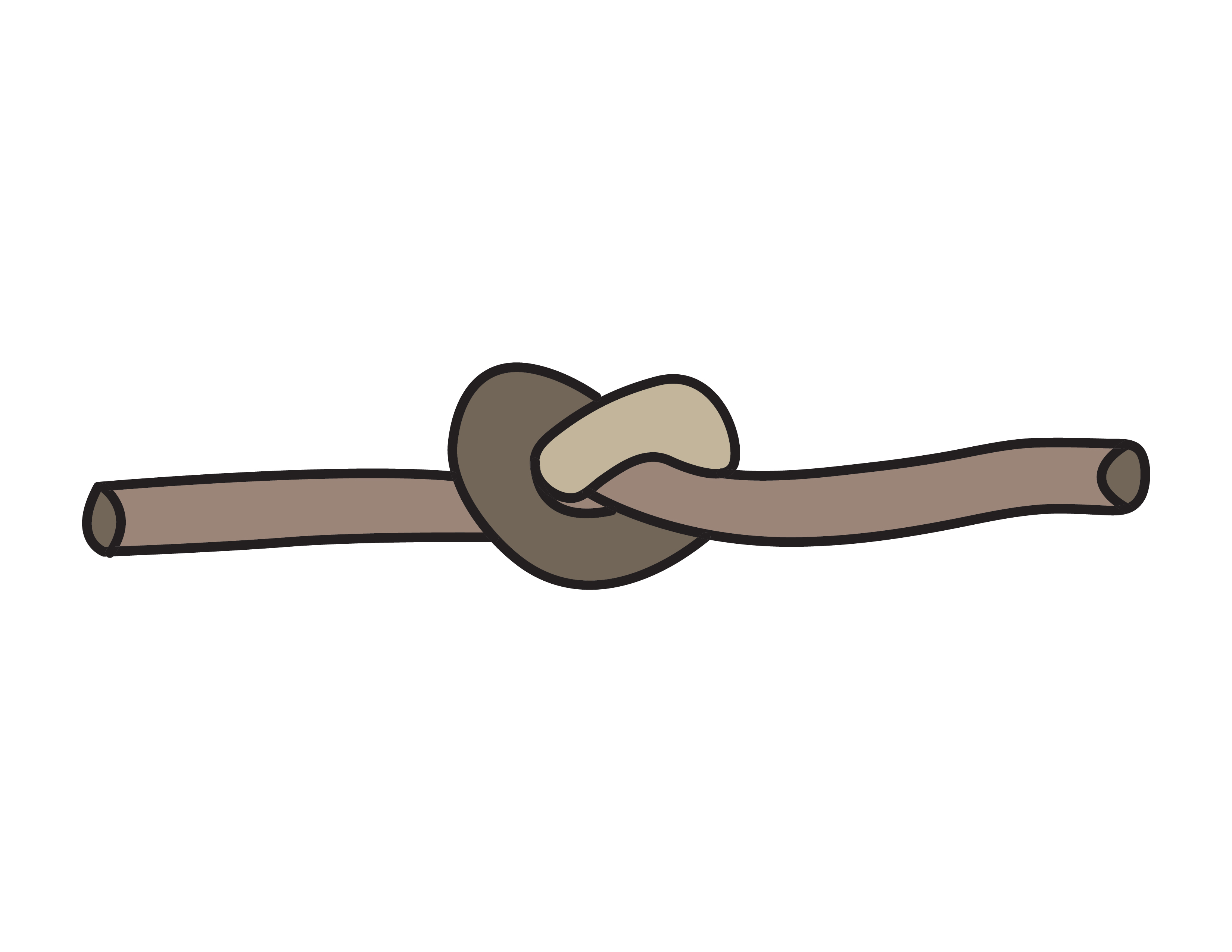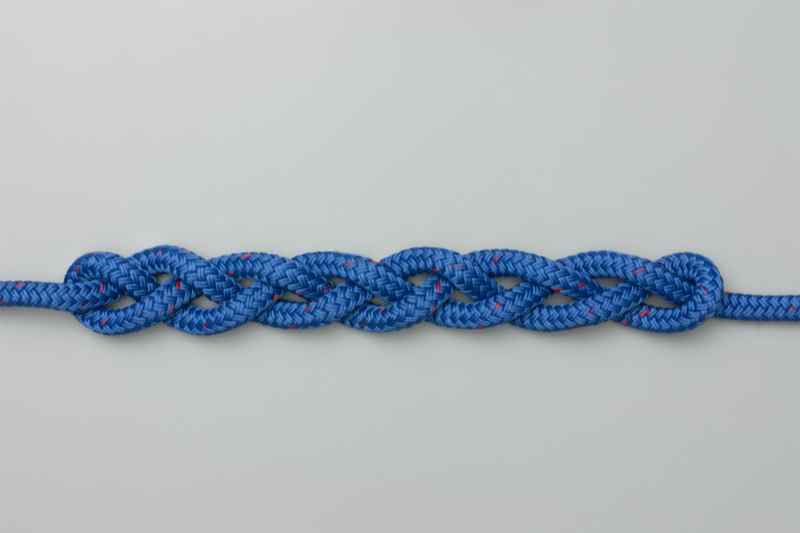

How to draw rope knots together driver#
You don’t have to be a truck driver to have a use for this rugged hitch. Trucker’s Hitch Tie this hitch down tightly and you’ll create a mechanical advantage that acts like a pulley.
How to draw rope knots together free#
Thread the free end across the loop passing under itself, and pull on both standing ends to tighten. Pass the other rope’s free end under the first loop, and then over then under as seen in the picture.

To tie the Carrick Bend, form a loop with the free end of one rope. This Square Knot alternate joins two ropes together securely, and is easier to untie than a Square Knot. Carrick Bend The Carrick Bend Tim MacWelch This knot can slip if there isn’t constant tension on the newly created loop, so keep something in the loop to hold it. Pull the new loop tight, and then pull the line to cinch the man harness knot. Grab the side of the loop and pull it through the gap between the line in the middle and the other side of the loop. Gather some slack in the line and make a loop so part of the line runs through the middle of the loop. This crafty knot allows you to put a loop in a line anywhere along the length of a rope when neither end of the line is free to tie a loop-and you didn’t hear it from me, but a man harness is great for cheating at tug of war. Man Harness Need a loop in a line when neither end is free? The man harness can create strong loops in a rope or cord, which can be used for a variety of purposes. To grossly oversimplify all this, the knot is just rope fastened together the hitch is a rope fastened to an object and a lashing is a rope fastening multiple objects together.ġ4. Lashings involve the use of a rope or similar material to secure two or more objects together. A lashing is like a hitch, but slightly more complex. Properly tied, hitches can hold their place, or they may be able to slide, depending on the hitch you choose. It’s like a knot, but it generally involves another object like a stick, a post, a ring, or occasionally another rope. After tightening a knot, it should hold on its own. Put it simply, a knot is some kind of fastening or splice made by intertwining one or more ropes or some other flexible material. The experienced outdoorsman, however, has had enough success and failure to know that there are right and wrong knots for certain jobs.īut first, it helps to know a few strange terms. Knot tying has always been one of those key outdoor skills that the inexperienced take for granted. This way, after maximum strain is applied, the carrick bend can be easily untied.A good knot can save lives when you’re dealing with a survival situation, performing first aid, and when working over heights or water. In these instances, the knot can be left in its elongated form and the ends are seized to their standing part. The carrick bend’s main function is to join the ends of large diameter lines that are stiff and not at all easy to form into other common bends. Then, weave the end of the other rope (blue and white rope) over and under at every crossing, as in the middle and right photos. To tie a true carrick bend, where the ends of the rope emerge diagonally from opposite sides, start by making an underhand loop at the end of one rope (red and white rope) and bring the end of the other rope (blue and white rope) under the loop as in the left photo.


 0 kommentar(er)
0 kommentar(er)
